Kapwani Kiwanga transforms Kvadrat’s Milan showroom with a prismatic textile made from ocean waste
The Canada-born artist draws on iridescence in nature to create a dual-toned textile made from ocean-bound plastic
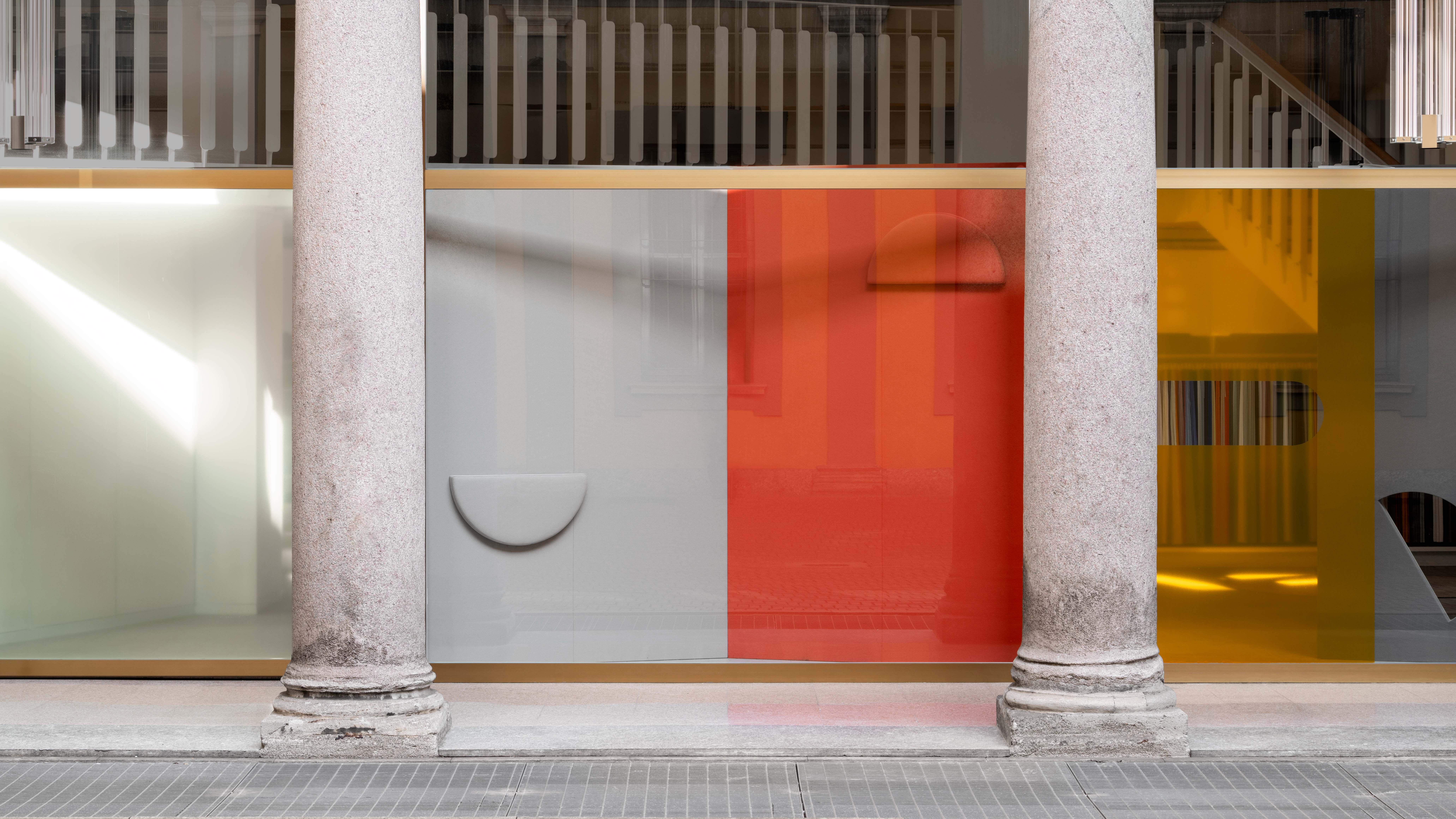
French and Canadian artist Kapwani Kiwanga is known for weaving narrative and material together in ways that speak to memory, power and visibility. The artist behind the Canada Pavilion at the 2024 Venice Biennale, Kiwanga often incorporates fabrics into her installations – including some made by Kvadrat – but this year marks her first foray into textile design itself. Developed in collaboration with the Danish textile company, ‘Diade’ is a prismatic upholstery fabric made entirely from ocean-bound plastic waste – an elegant study in both environmental possibility and colour play.
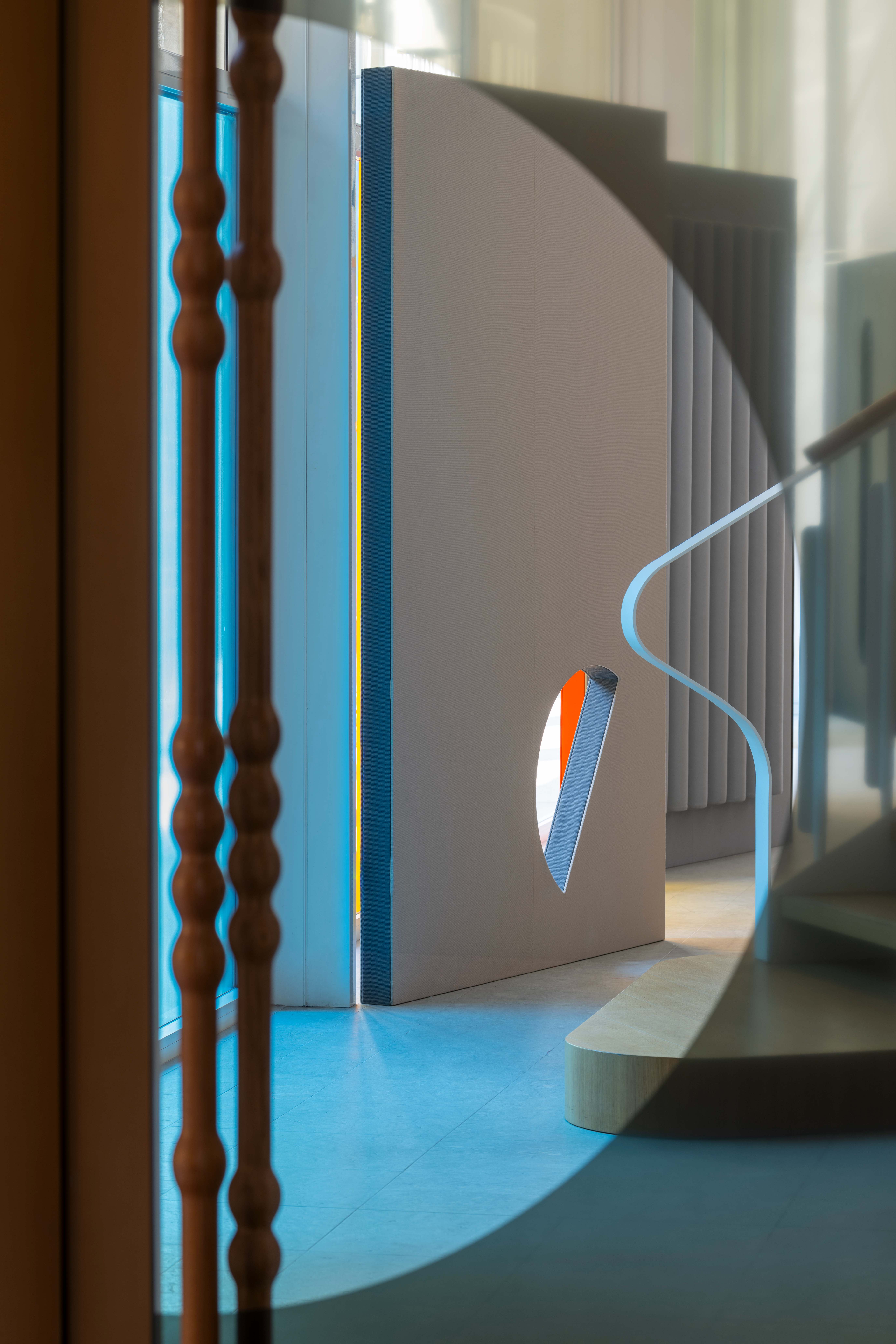
To mark the textile's launch, Kiwanga created a bold and joyful installation at Kvadrat’s Milan showroom that transformed the space into a layered landscape of colour and form
Named after the Italian word for ‘a pair’ or ‘duality’, ‘Diade’ draws on the iridescence found in nature – specifically in bird feathers, where colours transform depending on the light or angle of view. ‘I started by looking at where this kind of duality or iridescence could be found in nature,’ says Kiwanga. ‘Unless you're in the tropics, colours associated with nature – browns, greens and blues – are usually quite muted. I wanted to bring in more vibrancy, so I looked at birds in the Amazon, exploring rich tonal shifts in their feathers.’
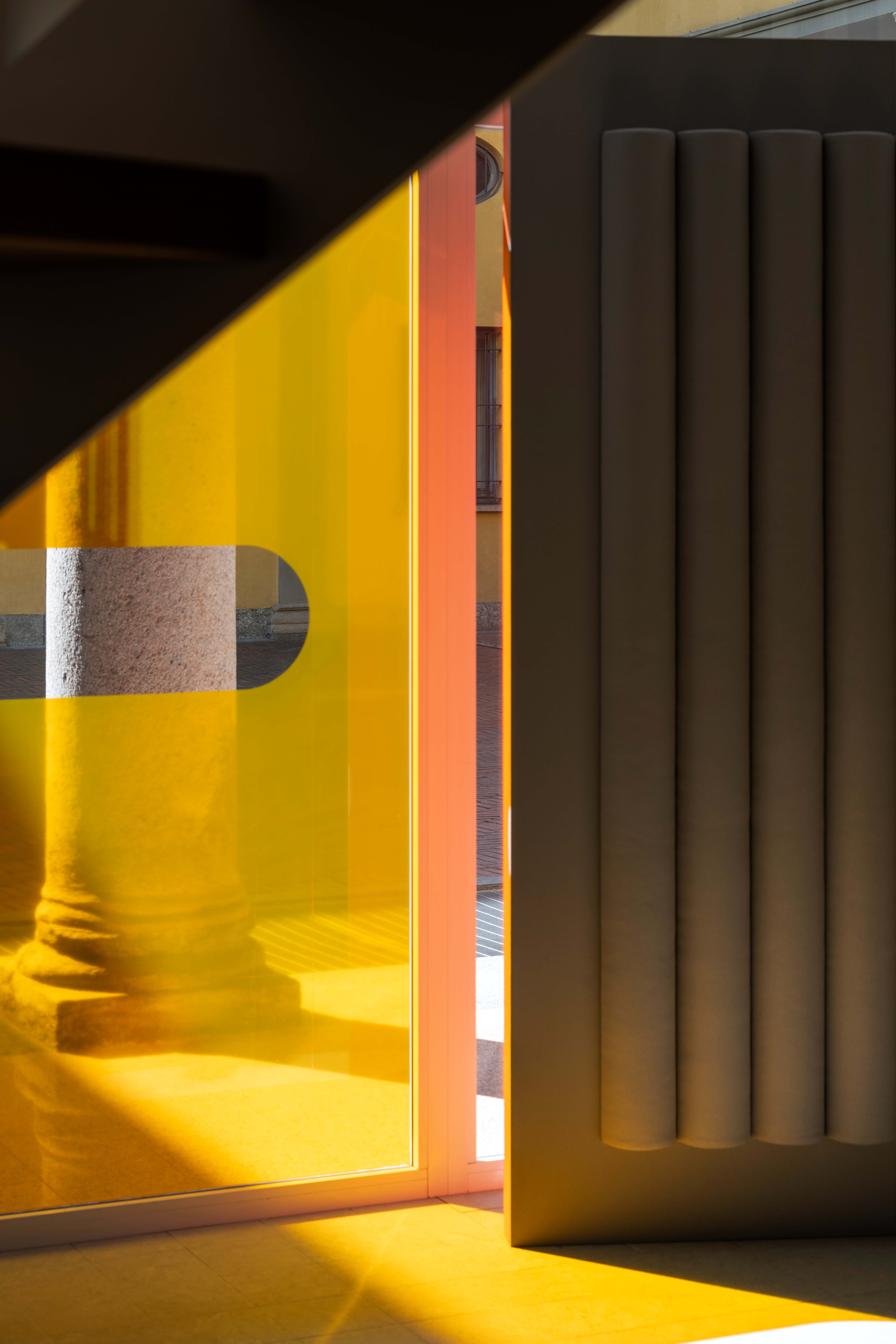
The installation – featuring coloured window film and screens with sculptual cut-outs covered in the ‘Diade’ fabric – takes advantage of Kvadrat's glass-wrapped courtyard showroom
The resulting textile is a technical achievement: a deconstructed twill weave that merges diagonal and straight lines of different coloured yarns – 16 vivid and neutral combinations in total. One standout version features black in both warp and weft, creating especially pronounced depth and dimension. The yarns, developed in partnership with Swiss company #tide (also a collaborator on Kvadrat and Patricia Urquiola’s ‘Sport’ textile, also made from ocean-bound plastic), are made from plastic waste collected within ten kilometres of coastlines in Thailand. Not yet degraded, the waste is ground into chips and spun into premium recycled polyester that matches the performance of virgin fibres.
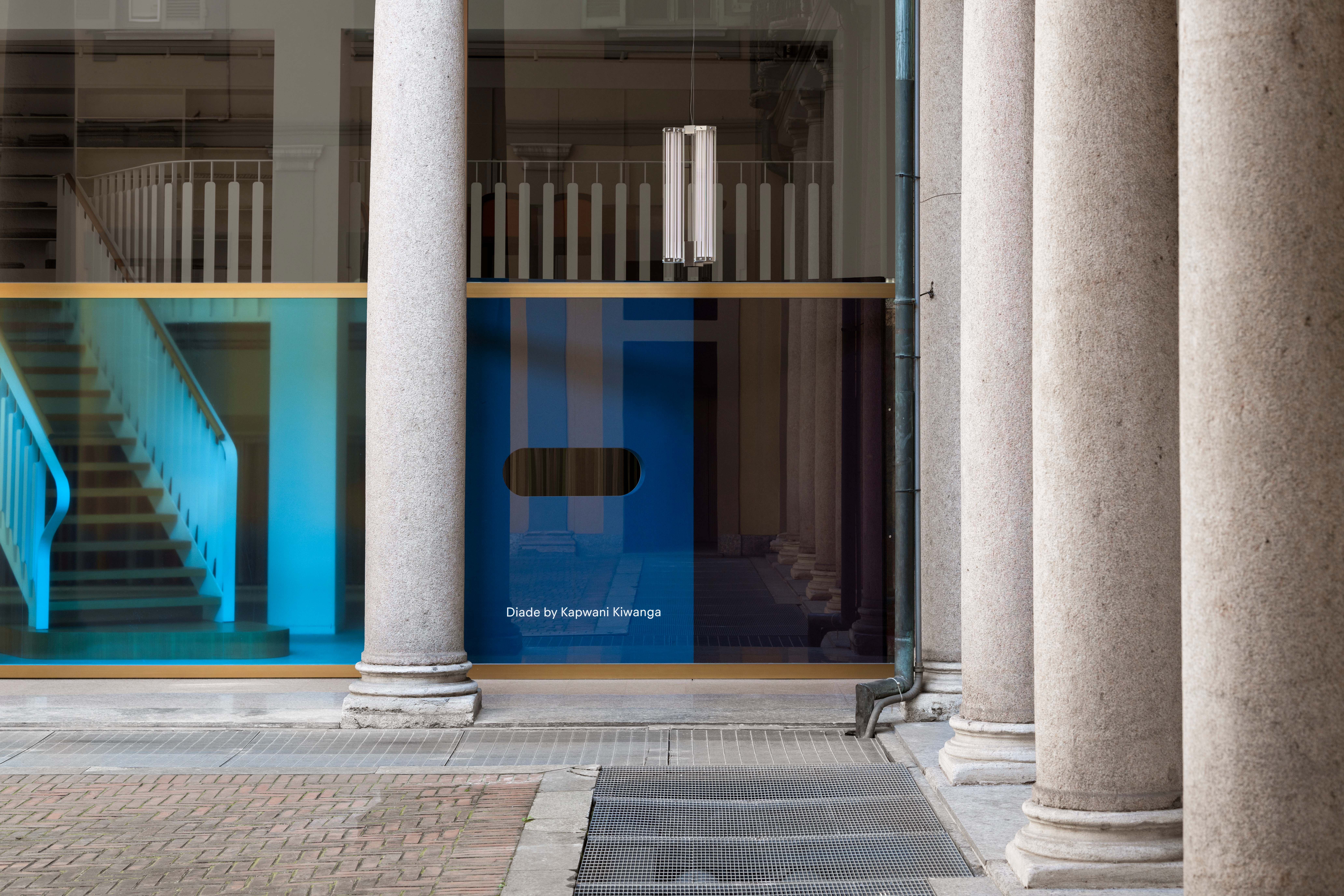
Named after the Italian word for ‘a pair’ or ‘duality’, ‘Diade’ draws on the iridescence found in nature – specifically in bird feathers, where colours transform depending on the light or angle of view
Launched during Milan Design Week 2025, Kiwanga created a bold and joyful installation at Kvadrat’s showroom that transformed the space into a layered landscape of colour and form, showcasing the material’s sculptural and optical potential. Large zig-zagging panels wrapped in the textile ran along the façade, playing with light, reflection and transparency thanks to carefully positioned cut-outs and coloured window film. ‘This idea of filters and screens – of visibility and invisibility – is a theme in my work,’ she explains. ‘I wanted to give a kind of canvas to the fabric. To show how it might embrace different forms, whether viewed from the outside courtyard or experienced from within.’
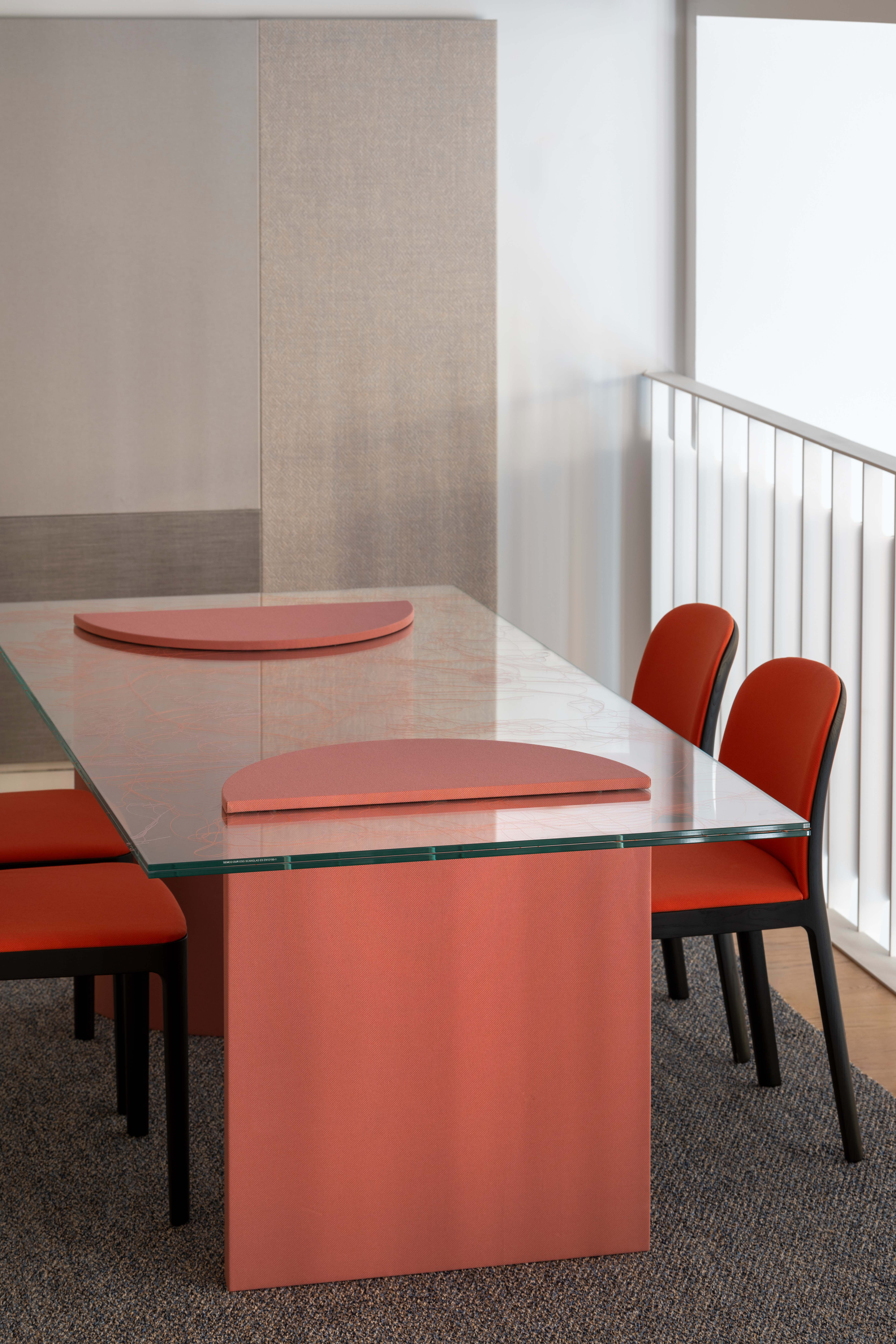
Kiwanga also created a series of sculptural furnishings using the fabric, including low tables wrapped in fabric and topped with glass
Inside the showroom, ‘Diade’ was used to create sculptural furnishings, including low tables with fabric-wrapped legs and glass tops that encased spiralling thread compositions, casting playful shadows across the floor.
While ‘Diade’ is luxurious in look and feel, its message is one of resourcefulness and renewal. 'I love that this material is so refined, yet made from waste,' Kiwanga reflects. 'Hopefully, products like this will just become a normal way of being. We just have to inhabit the world a little differently.'
Wallpaper* Newsletter
Receive our daily digest of inspiration, escapism and design stories from around the world direct to your inbox.
See more highlights from Milan Design Week
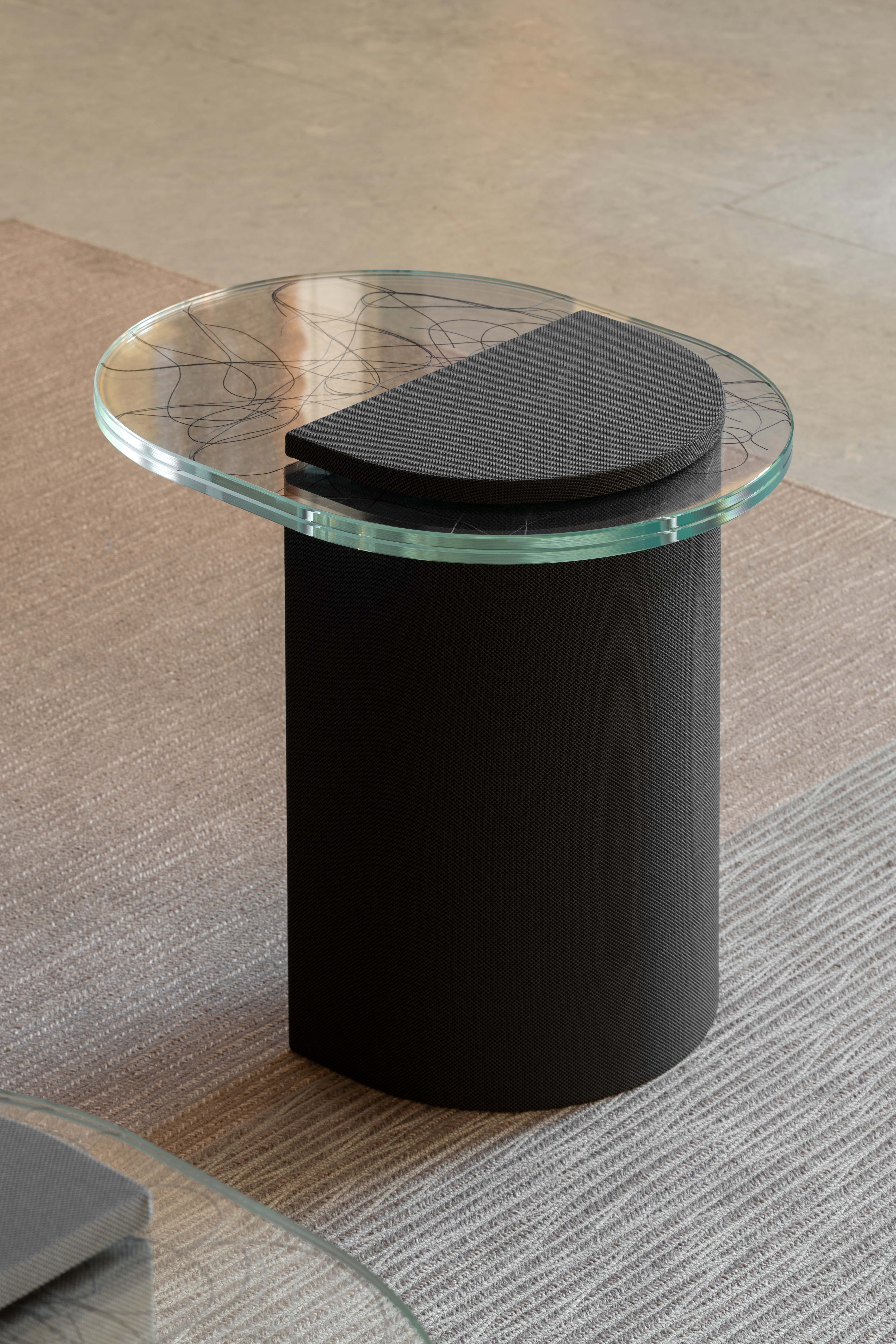
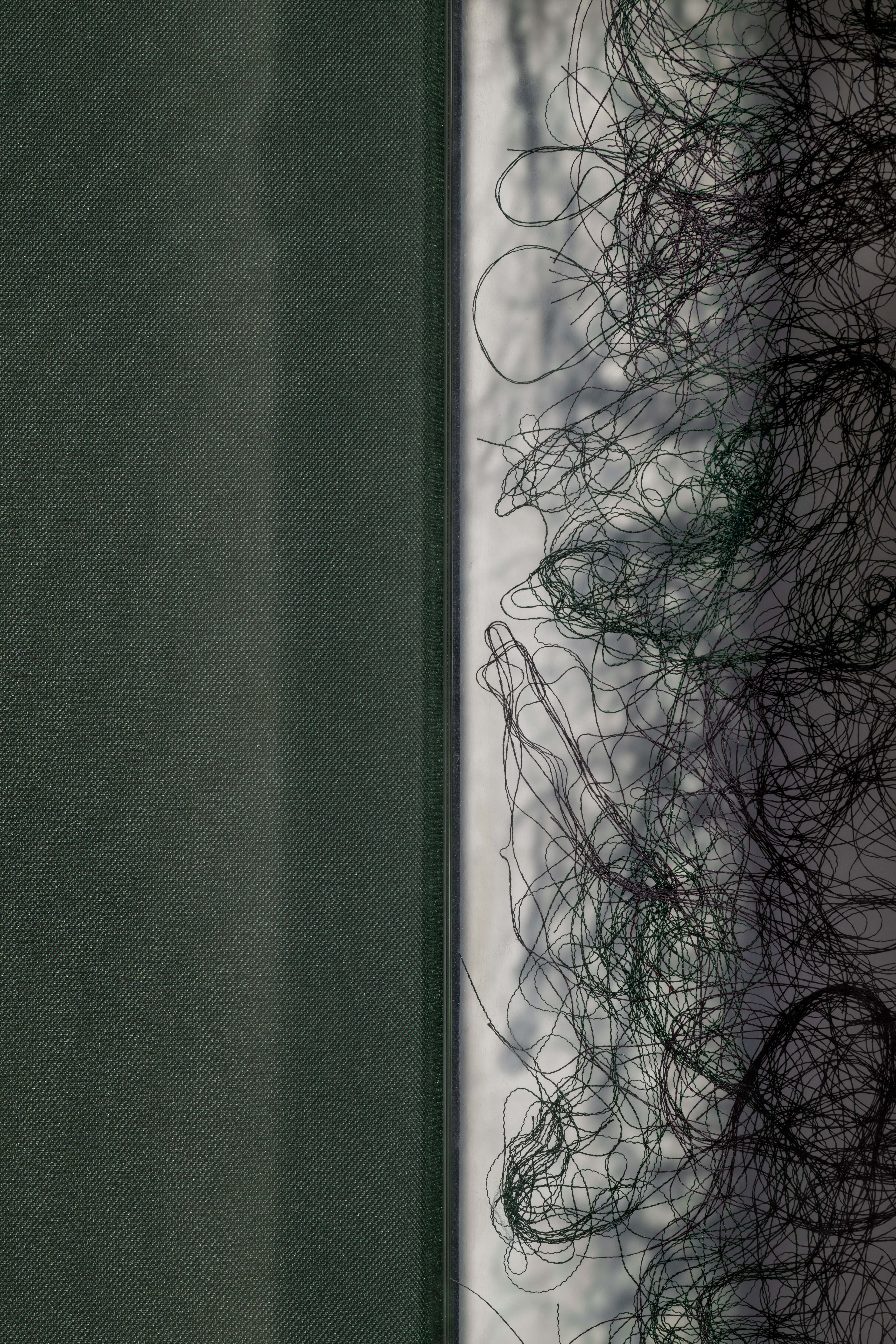
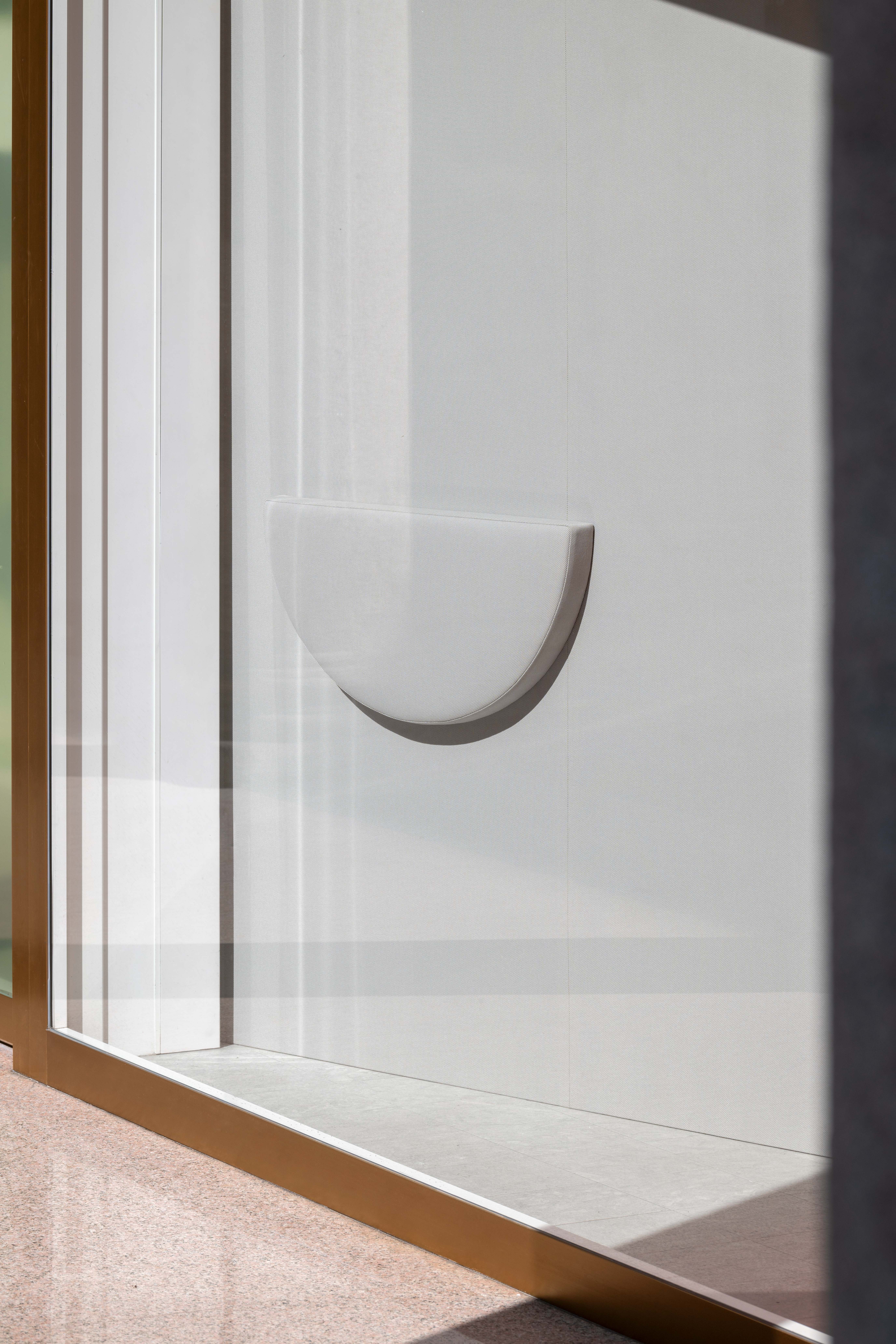
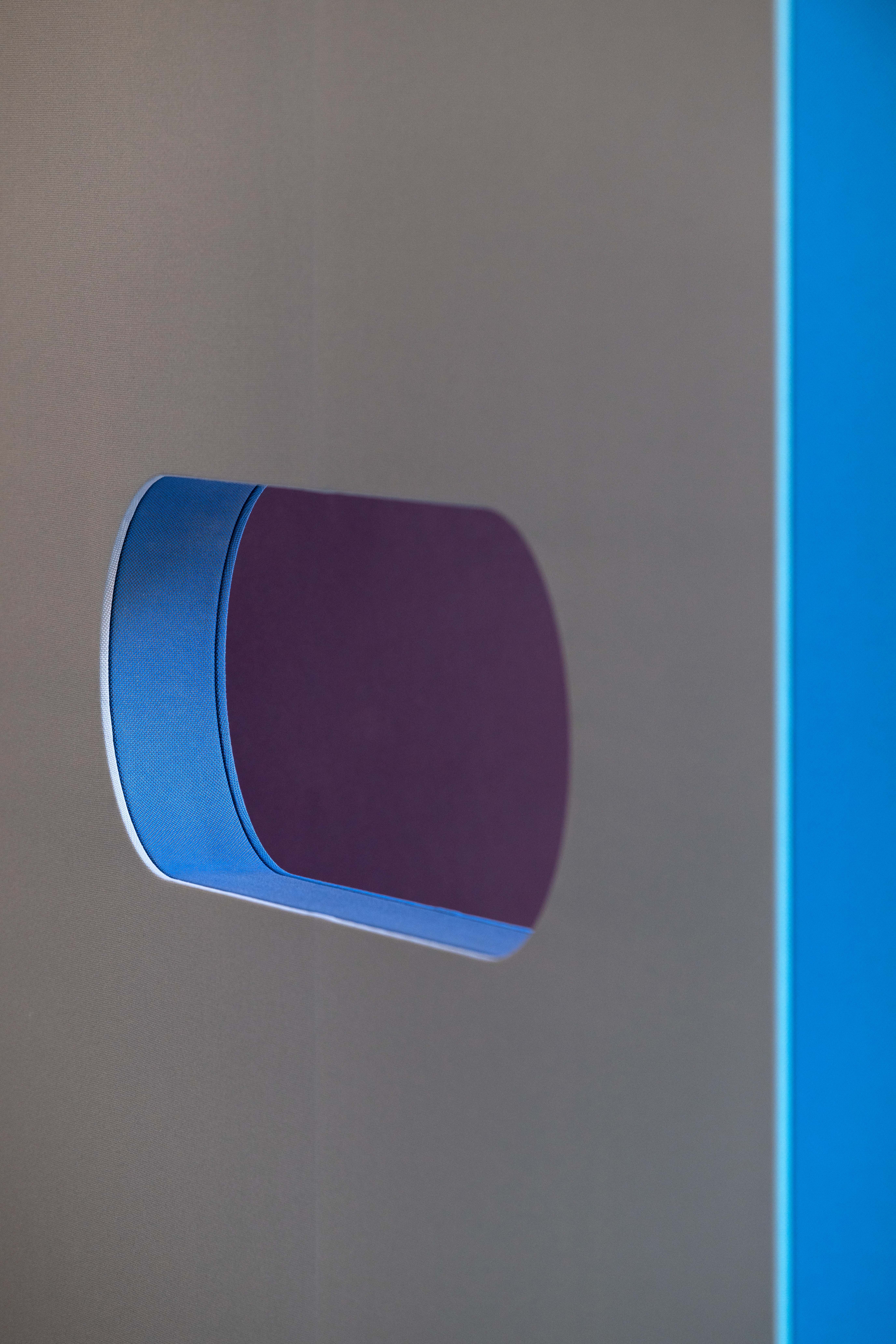
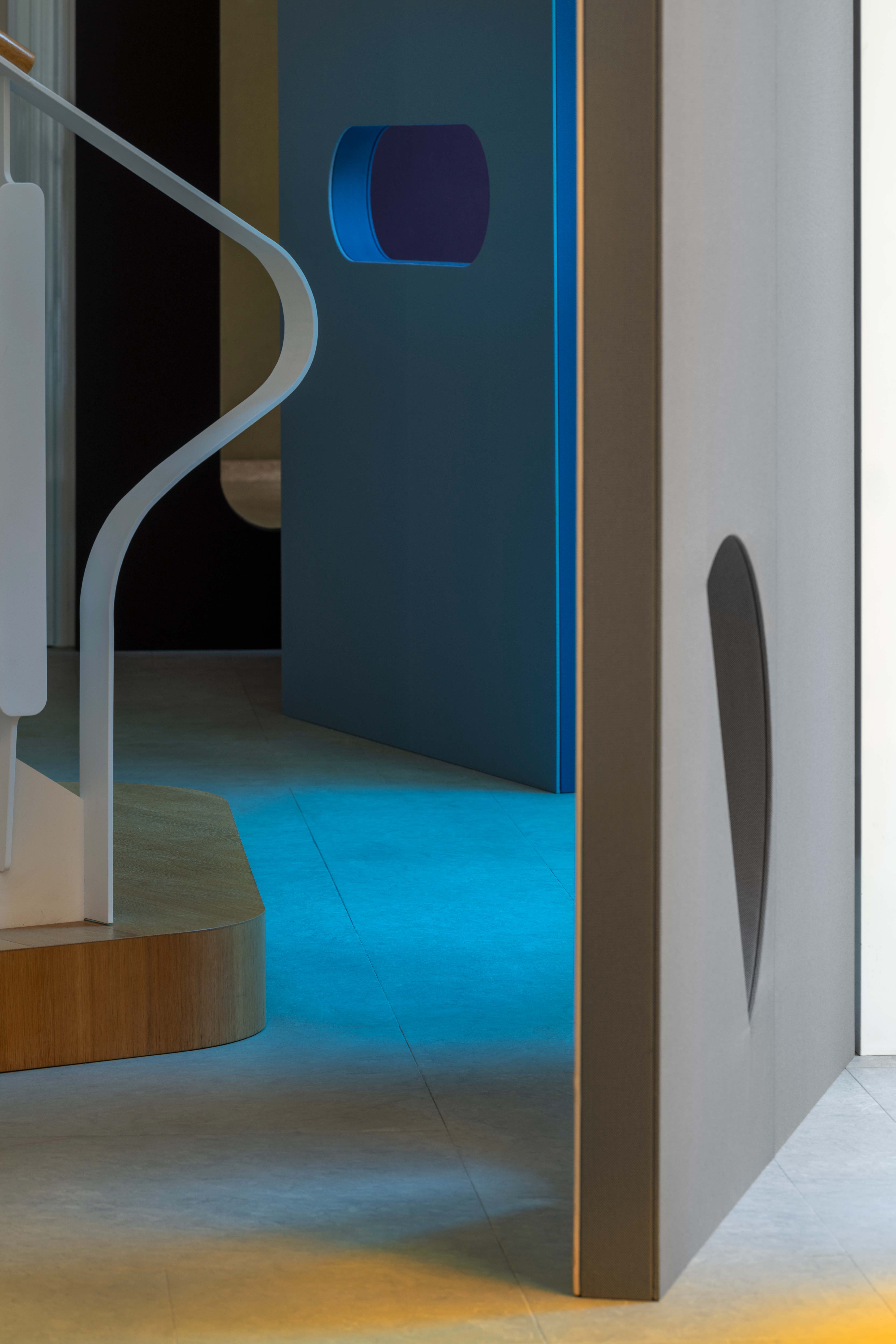
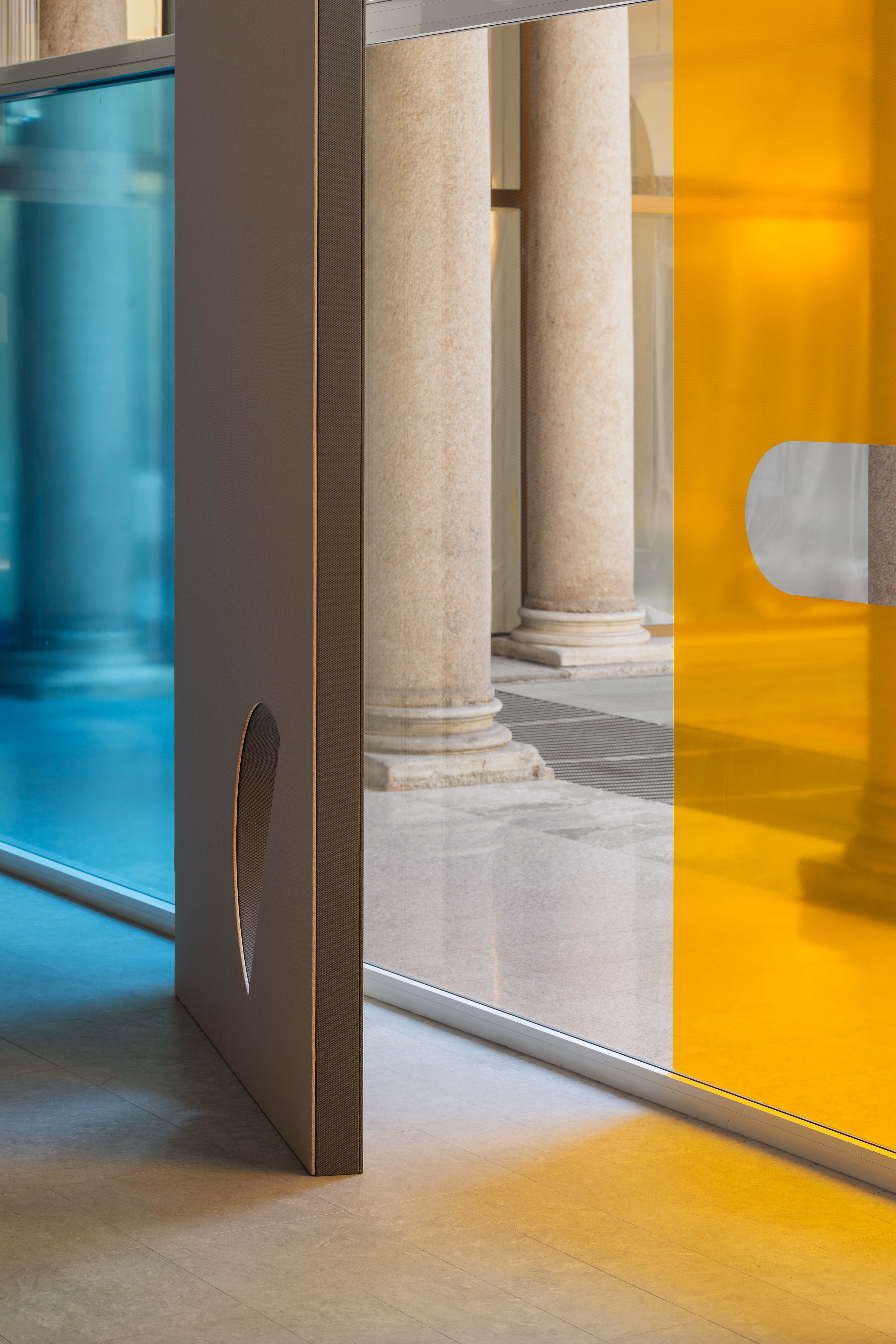
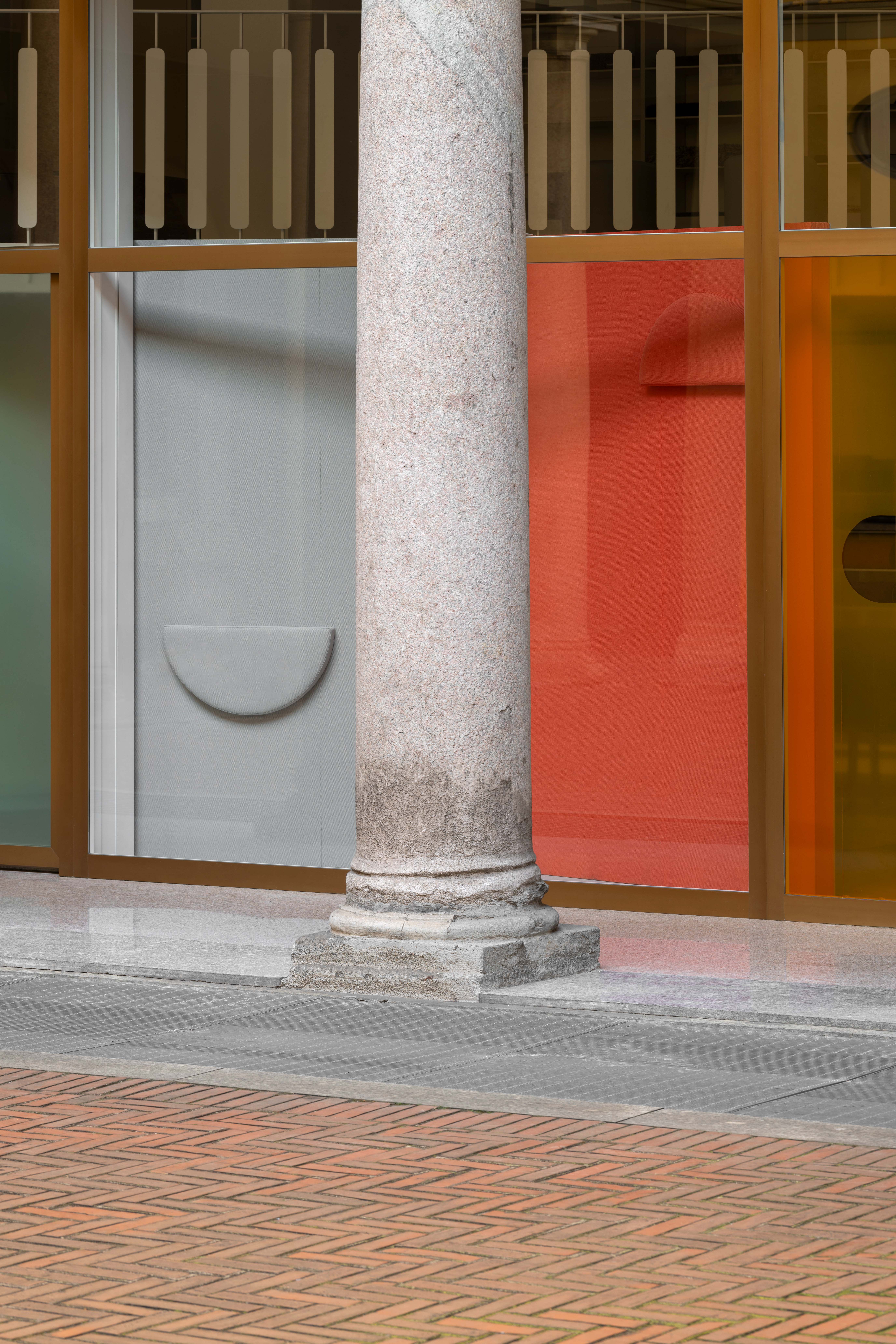
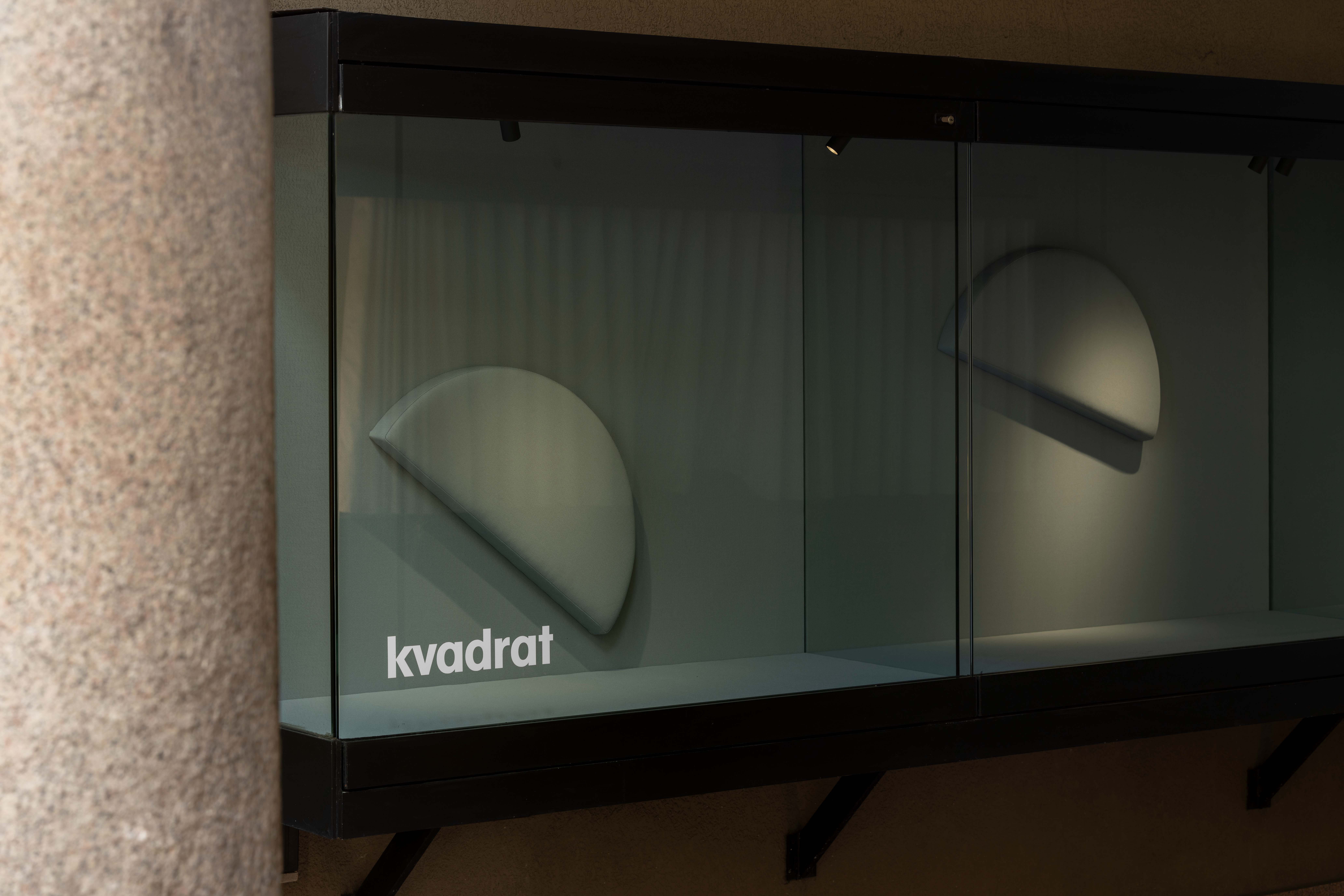
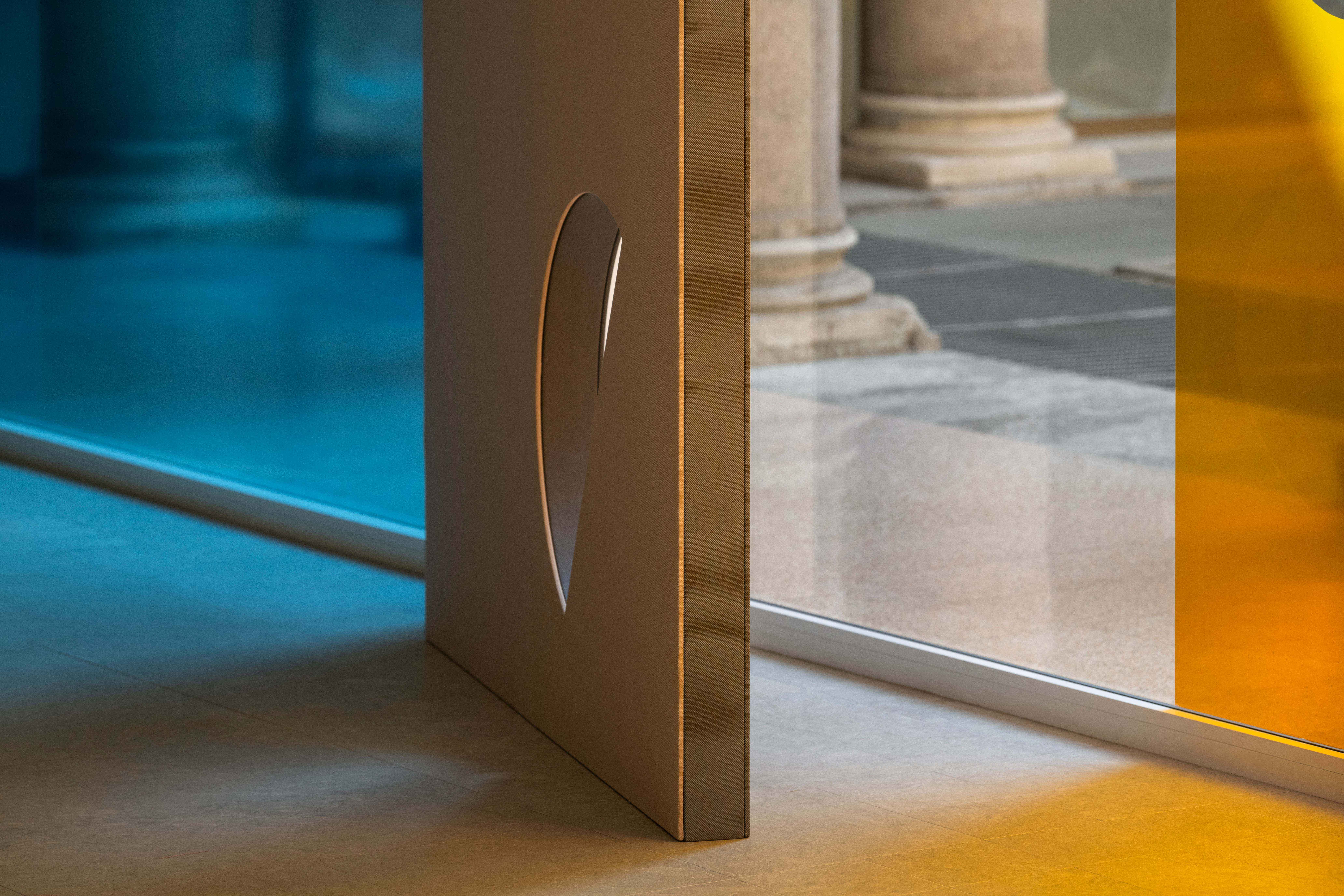
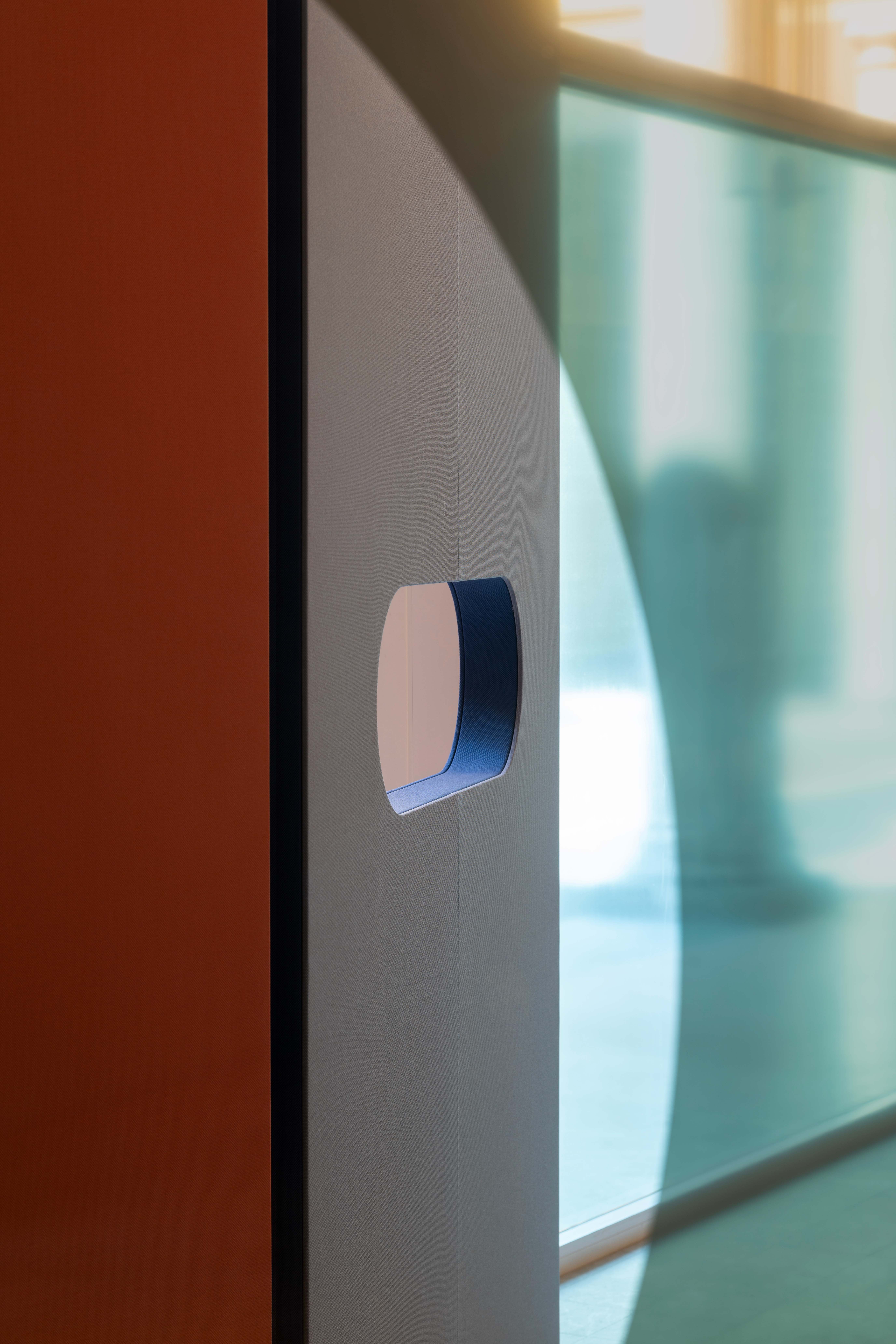
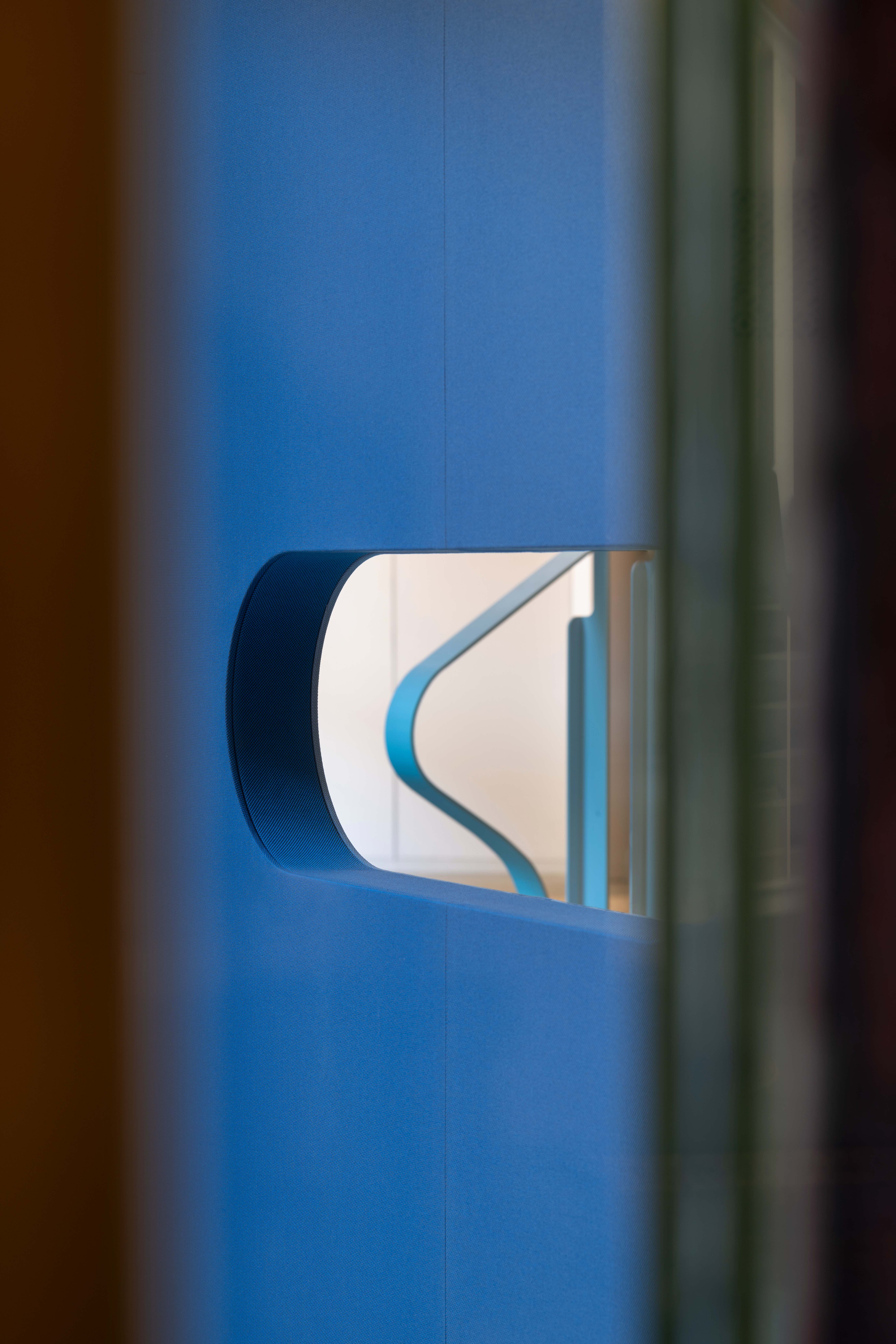
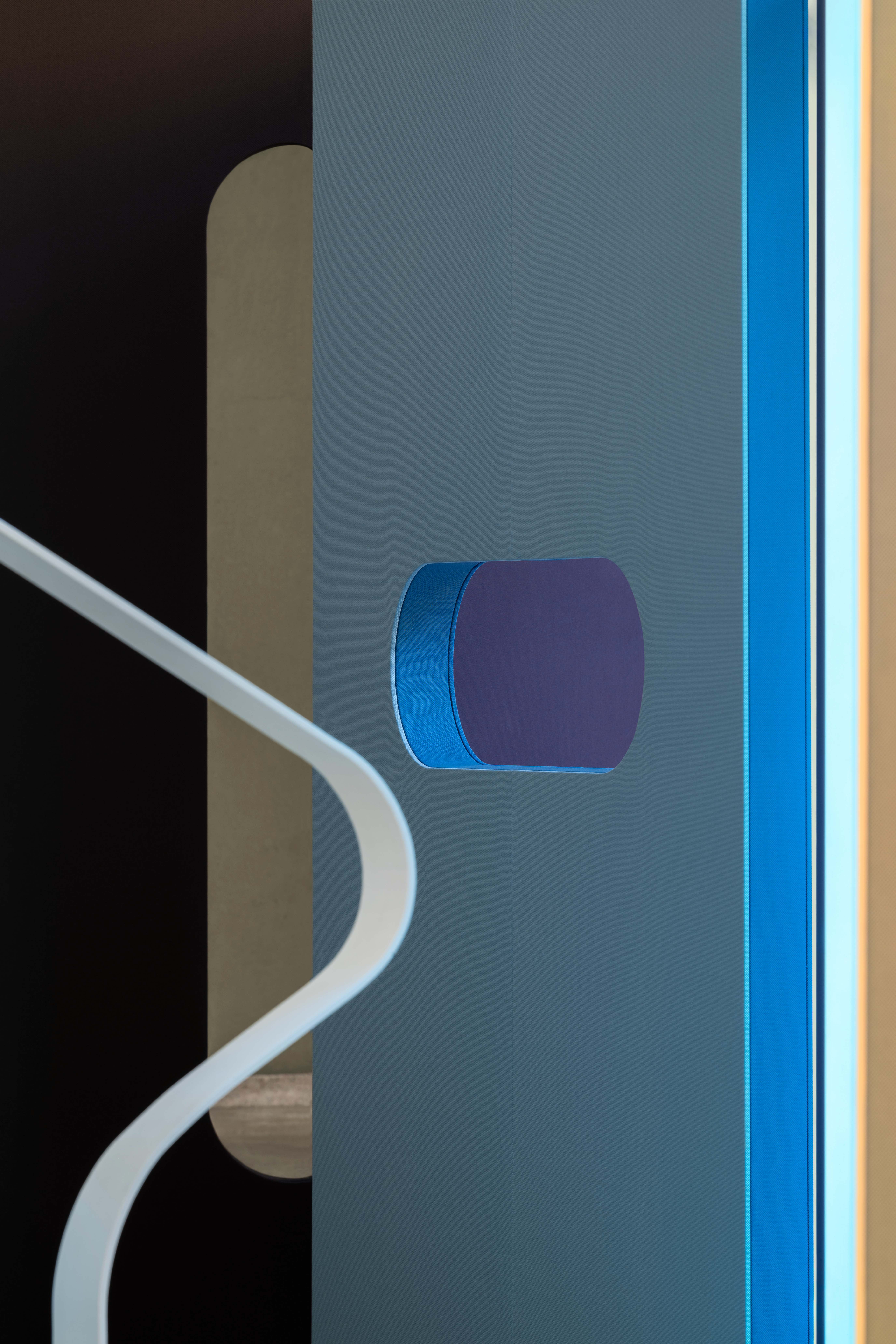
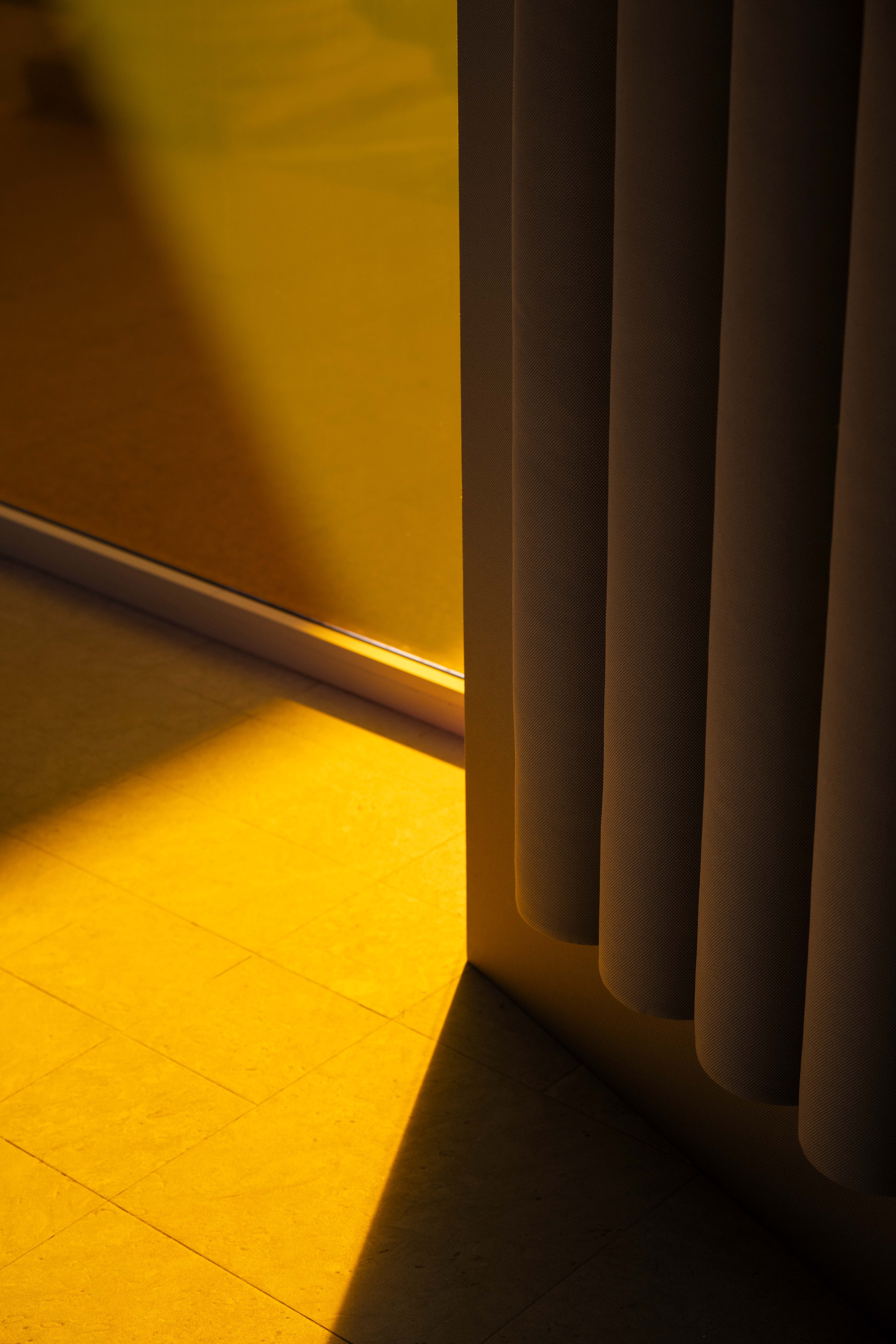

Ali Morris is a UK-based editor, writer and creative consultant specialising in design, interiors and architecture. In her 16 years as a design writer, Ali has travelled the world, crafting articles about creative projects, products, places and people for titles such as Dezeen, Wallpaper* and Kinfolk.
-
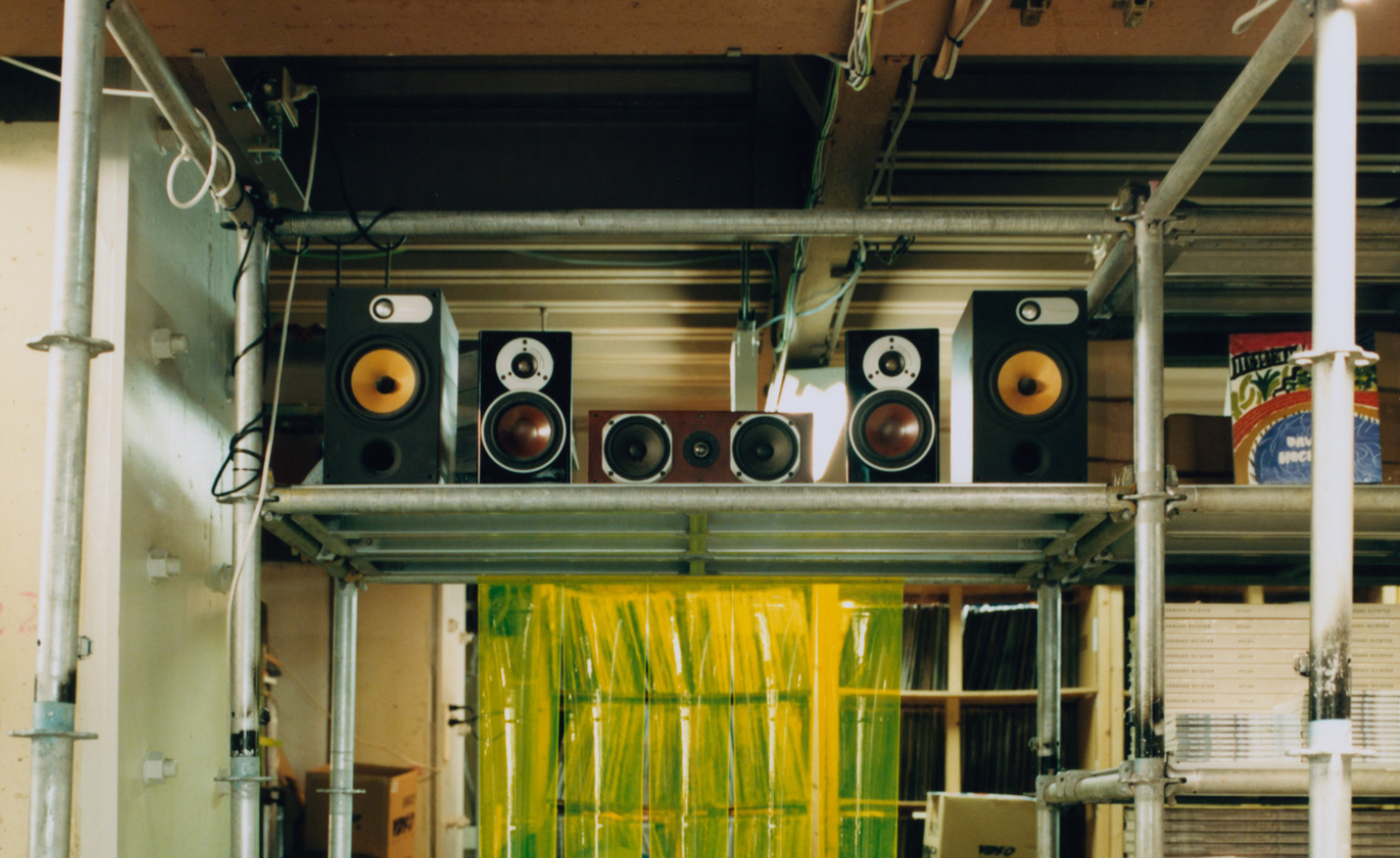 Tune into the rhythm of Tokyo’s most ambitious record shop
Tune into the rhythm of Tokyo’s most ambitious record shopVinyl Delivery Service in east Tokyo’s Skwat Kameari Art Centre is spinning a new narrative for the traditional record store model
-
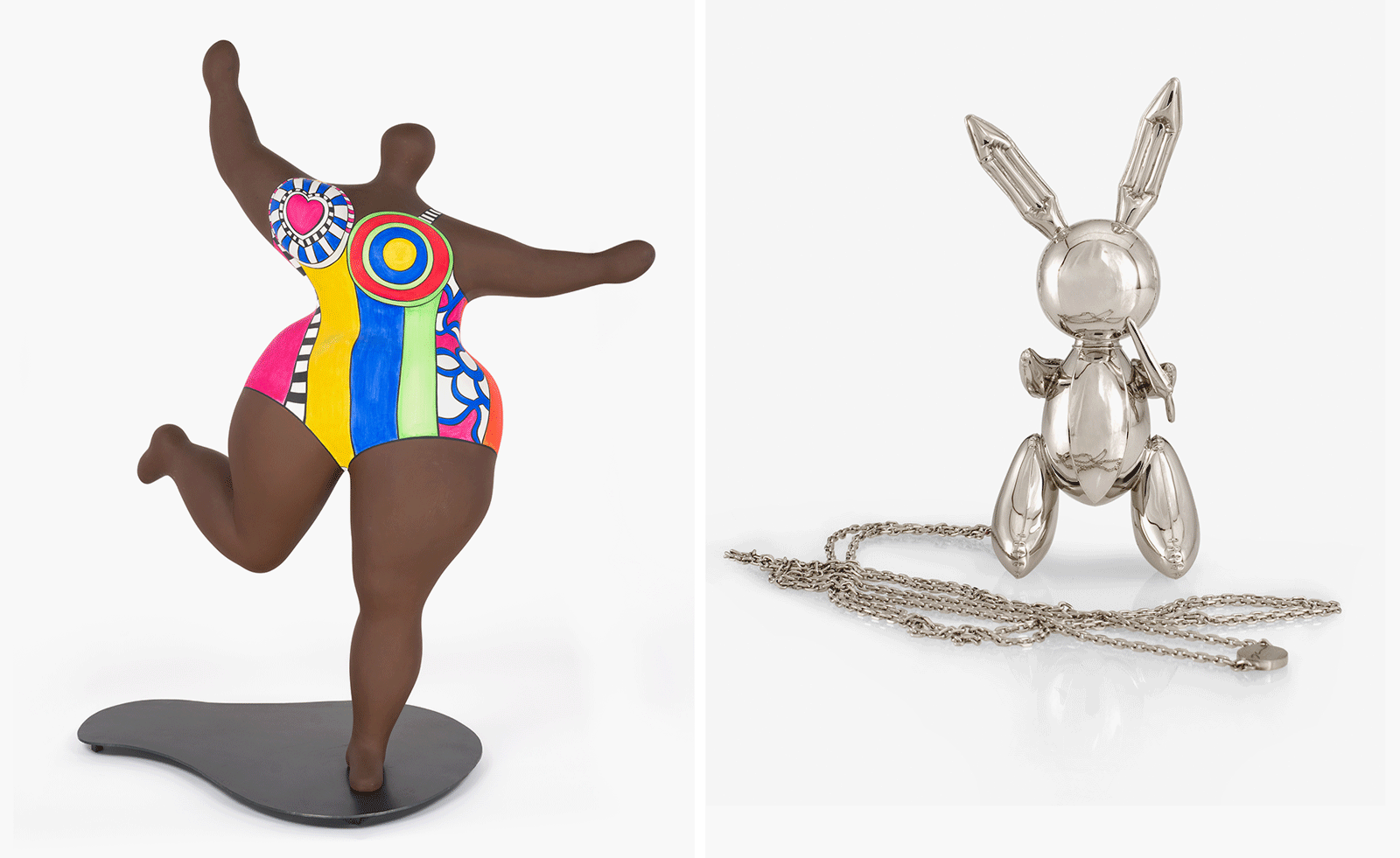 From Cubism to Pop, artists’ jewellery goes on show in Palm Beach
From Cubism to Pop, artists’ jewellery goes on show in Palm Beach‘Artists’ Jewelry: From Cubism to Pop, the Diane Venet Collection’ at the Norton Museum of Art showcases key pieces from an impressive collection
-
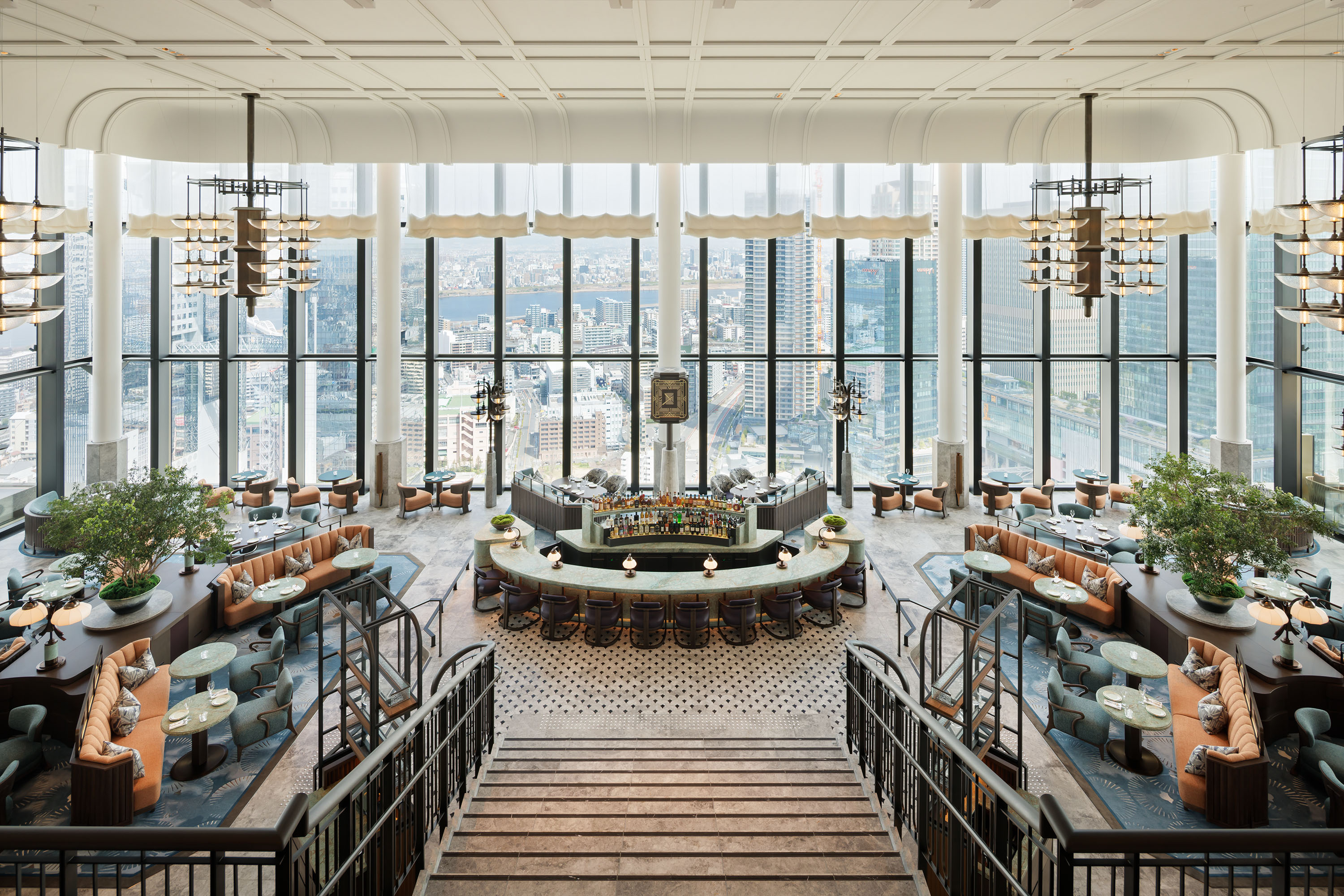 Wallpaper* checks in at Waldorf Astoria Osaka
Wallpaper* checks in at Waldorf Astoria Osaka‘It’s rare to work on a brand new hotel of this scale in Japan in today’s landscape,’ says designer Andre Fu about Osaka’s newest luxury hotel. Wallpaper* paid it an early visit